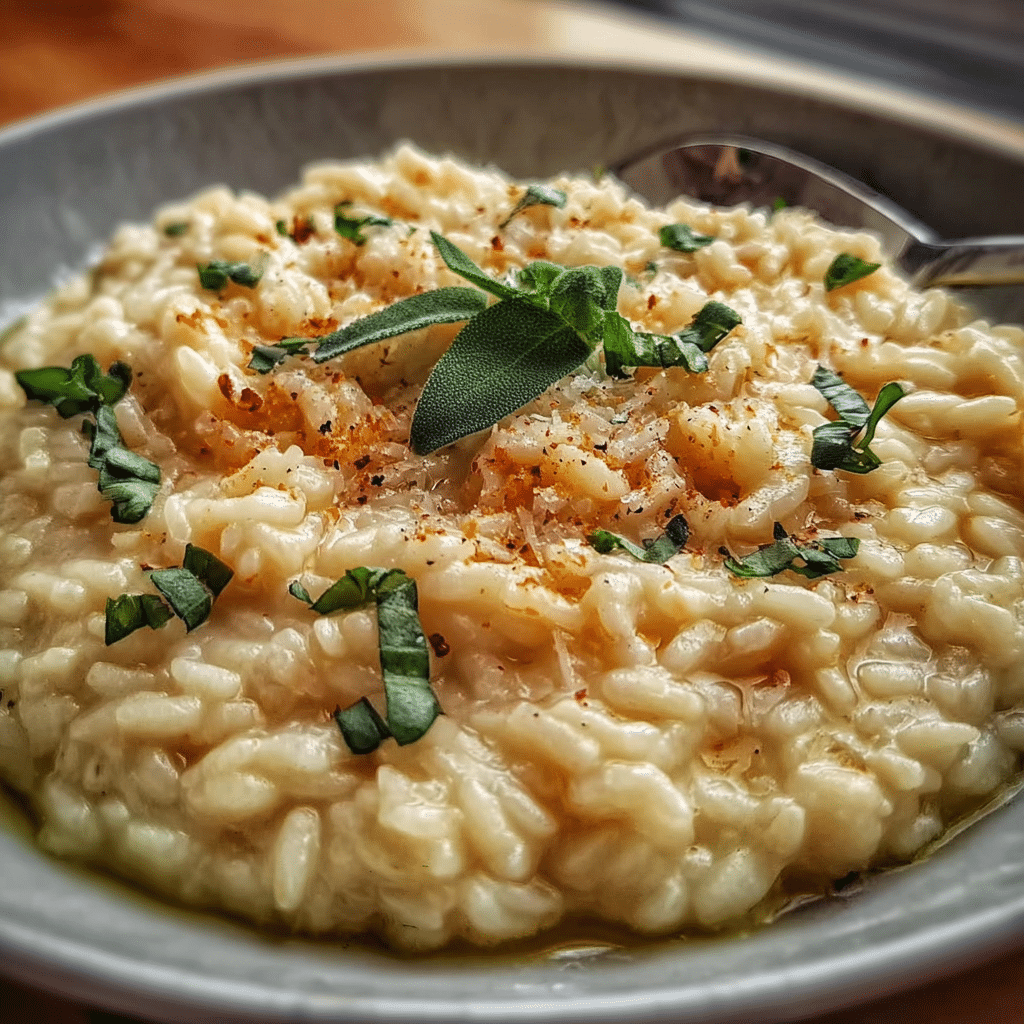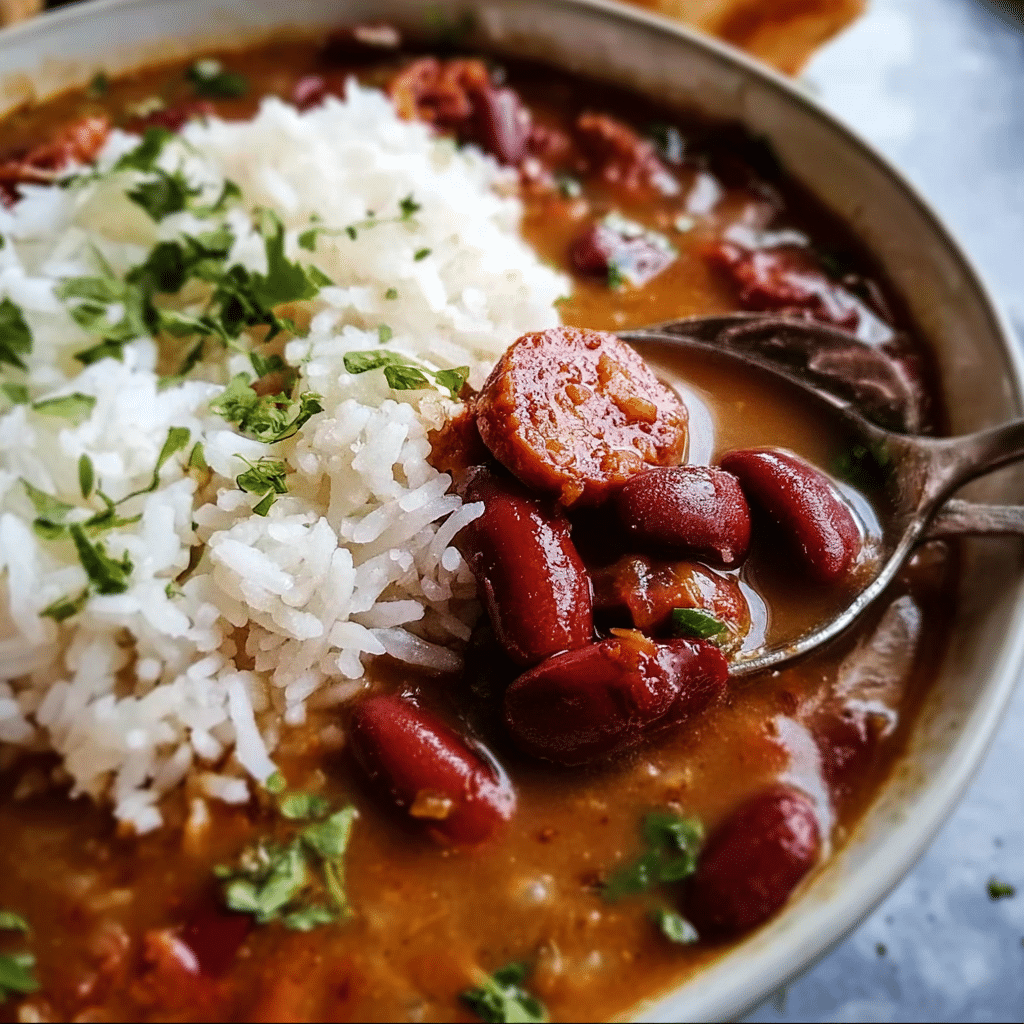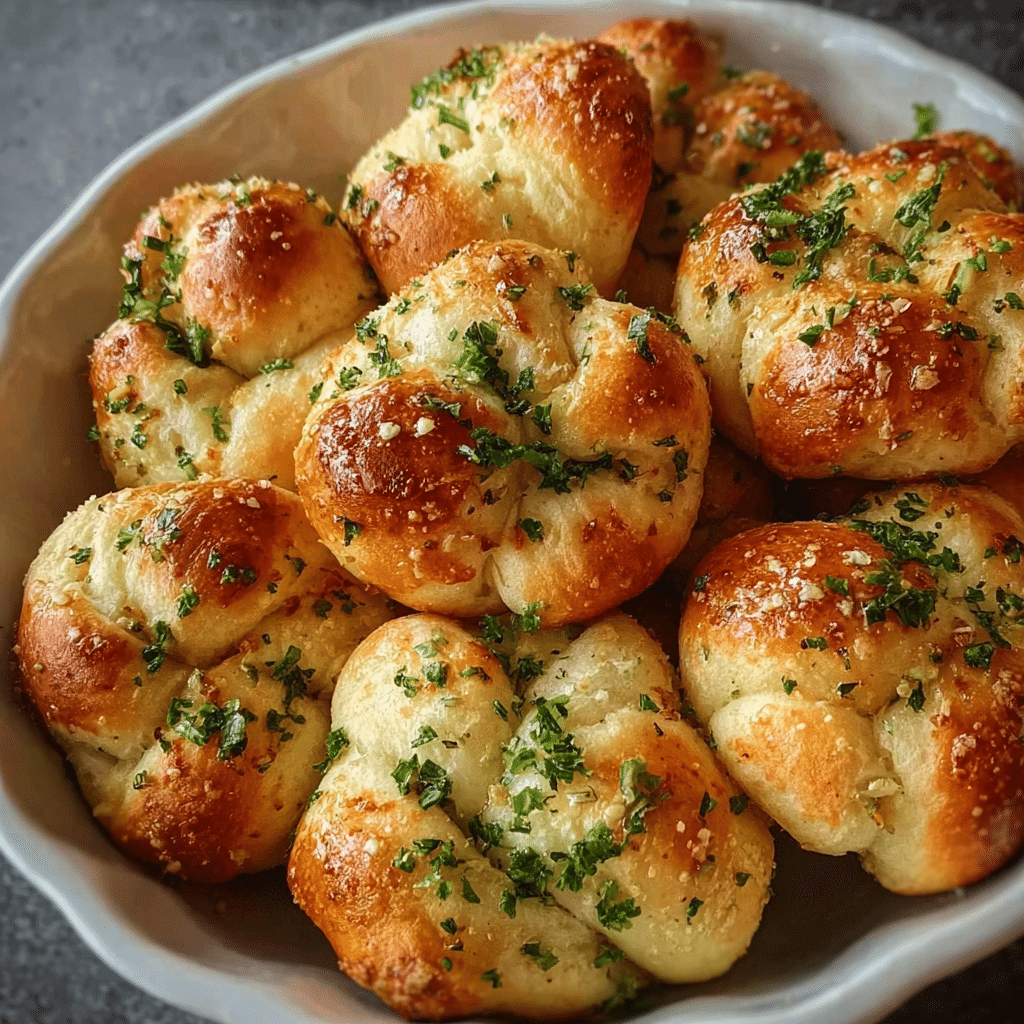Sweet potato casserole has become a beloved staple in many households, especially during the fall and winter months. I still remember the first time I tasted this delightful dish at my grandmother’s Thanksgiving gathering. The moment I took a bite, I was enveloped in a warm, comforting sensation that felt like a hug from the inside out. The sweet, creamy texture of the mashed sweet potatoes combined with the crunchy, toasted marshmallows on top was a flavor combination unlike any other, and it left an indelible mark on my culinary journey. From that day forward, sweet potato casserole became more than just a dish; it became a tradition, a memory-maker, and a symbol of love and togetherness.
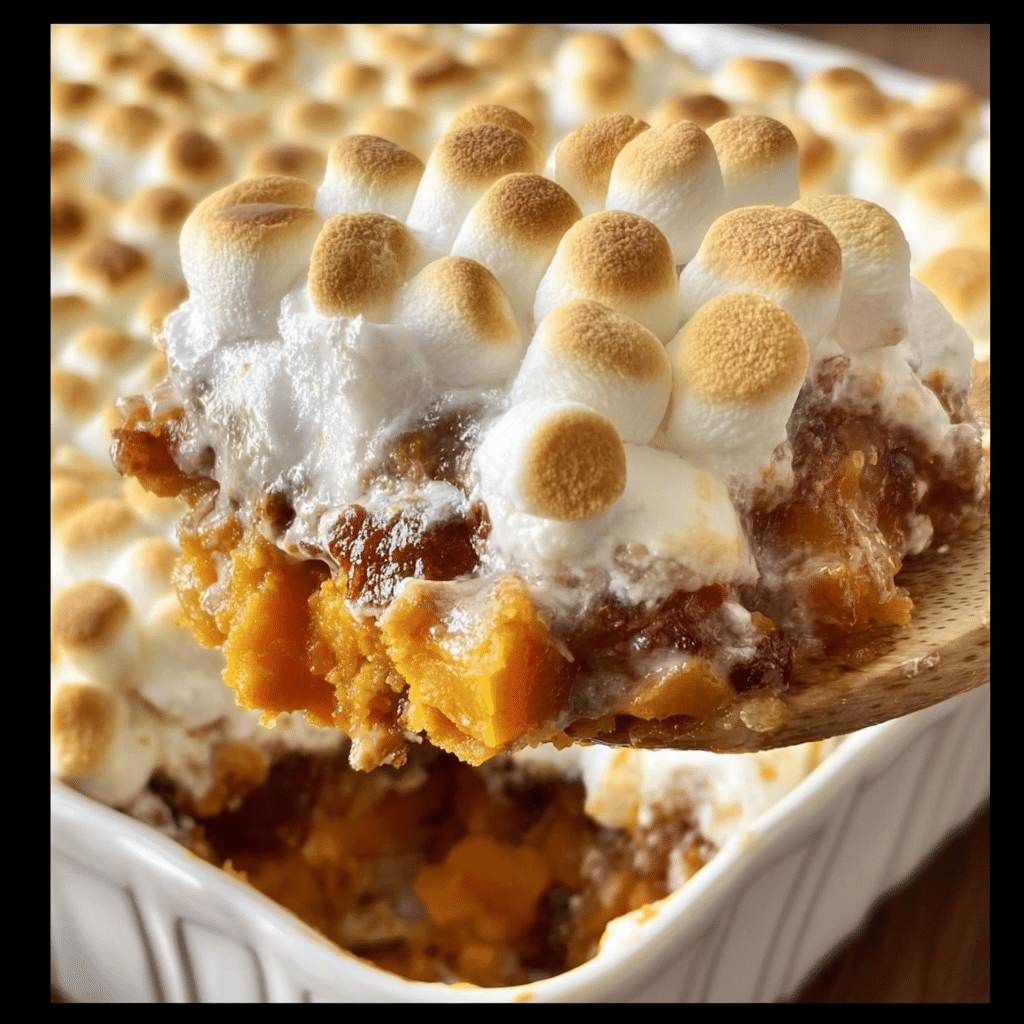
As I grew older, I made it a point to learn my grandmother’s recipe. I recall standing by her side in the kitchen, mesmerized as she peeled and chopped the sweet potatoes, her hands deftly working through the preparation. She shared stories of her childhood, of how her family would gather around the table to celebrate the harvest season with this very dish. It wasn’t just about the food; it was about the connections, the laughter, and the shared moments that made each gathering special. Sweet potato casserole became our family’s way of celebrating life’s milestones, from birthdays to holidays, and even just an ordinary Tuesday that needed a sprinkle of joy.
The Story Behind This Recipe
The cultural background of sweet potato casserole is as rich as its flavor. Traditionally, sweet potatoes have been a staple in Southern cuisine, deeply rooted in the agricultural practices of early American settlers. Native Americans cultivated sweet potatoes long before European settlers arrived, using them as a significant food source. Over time, recipes evolved, and the sweet potato casserole we know today began to take shape, woven into the fabric of American culinary culture.
What makes this sweet potato casserole recipe unique is the addition of marshmallows. This sweet topping, which has become synonymous with the dish, traces its roots back to the 1910s when a recipe for “sweet potato pie” topped with marshmallows was first published. The allure of that gooey, caramelized layer has made it an enduring favorite, especially among families looking to add a touch of sweetness to their gatherings.
In today’s fast-paced world, this recipe is perfect for busy families seeking quick dinner solutions. With just a few ingredients and minimal prep time, it can be whipped up in no time, providing a nutritious and delicious side dish that complements any meal. The beauty of sweet potato casserole lies in its versatility; it can be served alongside roasted meats or enjoyed as a standalone vegetarian dish. The vibrant orange hue of the sweet potatoes adds a pop of color to any table, making it an eye-catching component of any feast.
Seasonally, sweet potato casserole shines brightest during the fall and winter months. As the leaves turn and the air grows crisp, families gather for harvest celebrations, Thanksgiving, and Christmas. It’s a dish that evokes feelings of warmth and nostalgia, offering a comforting reminder of home and family. The emotional connection to this dish is palpable; it’s not just food, but a vessel for memories, laughter, and love.
As you read through this guide, you’ll discover the secrets to creating the perfect sweet potato casserole, from selecting the best sweet potatoes to mastering the art of that coveted marshmallow topping. You’ll learn variations and tips to customize the dish to suit your family’s tastes, ensuring that your version becomes as beloved as the one my grandmother passed down to me. Let’s embark on this culinary journey together and celebrate the joy that sweet potato casserole brings to our lives!
The Rich History and Cultural Significance of sweet potato casserole
The rich history and cultural significance of sweet potato casserole reveal a fascinating tapestry of flavors, traditions, and regional variations. To truly appreciate this dish, it’s essential to delve into its origins and the evolution it has undergone over the years. The sweet potato, a root vegetable native to Central and South America, has been cultivated for thousands of years. It was a primary food source for Native American tribes long before the arrival of European settlers, who recognized its nutritional value and began to incorporate it into their diets.
Origins and History
The earliest recorded recipes for sweet potato casserole began to emerge in the 19th century. These recipes often featured a blend of mashed sweet potatoes mixed with cream, sugar, spices, and sometimes topped with nuts or breadcrumbs. However, it wasn’t until the 20th century that the modern version, topped with marshmallows, became popular. The introduction of marshmallows into the recipe can be attributed to the marketing efforts of the Angelus Marshmallow Company in the 1910s, which encouraged homemakers to use their product in creative ways. This led to the widespread adoption of the sweet potato casserole with marshmallows as a Thanksgiving favorite.
As the dish gained popularity, regional variations began to emerge, reflecting local tastes and traditions. In the Southern United States, for instance, it’s common to find sweet potato casserole flavored with spices like cinnamon and nutmeg, while some variations even include pecans or coconut for added texture and flavor. Each family often has its own twist on the recipe, passed down through generations, creating a sense of nostalgia and personal connection to the dish.
Cultural Significance
Sweet potato casserole holds a special place in American culture, particularly in Southern traditions. It often graces the Thanksgiving table, symbolizing abundance and gratitude. Many families view it as a must-have side dish, alongside the turkey and stuffing, as essential as cranberry sauce. The sweet potato casserole is not just a food item; it represents the spirit of togetherness and the warmth of family gatherings. It’s a dish that sparks conversation and evokes memories, making it a cherished part of holiday celebrations.
Throughout the years, many renowned chefs and restaurants have embraced sweet potato casserole, further elevating its status. Chefs have experimented with gourmet twists, incorporating unexpected ingredients like maple syrup, bourbon, or even spicy chipotle peppers to create a fusion of flavors that excite the palate. This evolution has kept the dish relevant and exciting for new generations while still honoring its traditional roots.
Nutritional Benefits
Beyond its delightful taste and cultural significance, sweet potato casserole offers numerous nutritional benefits. Sweet potatoes are packed with vitamins and minerals, including vitamins A, C, and B6, as well as potassium and dietary fiber. They are low in fat and calories, making them a healthy addition to any meal. When prepared as a casserole, you can enhance its nutritional value even further by adding ingredients like Greek yogurt or reducing the sugar content, making it a more wholesome choice for health-conscious families.
In conclusion, the history and cultural significance of sweet potato casserole are as rich as the dish itself. From its humble beginnings as a Native American staple to its modern-day status as a holiday favorite, sweet potato casserole continues to bring families together, creating lasting memories and warming hearts with every bite. As we explore the various ways to prepare and enjoy this beloved dish, we honor the traditions of those who came before us and celebrate the joy it brings to our tables today.
Essential Ingredients for Perfect sweet potato casserole
When it comes to creating the perfect sweet potato casserole, the ingredients you choose can make all the difference. The right combination of flavors and textures not only enhances the dish but also evokes a sense of nostalgia and warmth, often reminiscent of family gatherings and holiday feasts. Let’s dive into the essential ingredients that contribute to a delicious sweet potato casserole, their roles, and how to select the best options for your culinary masterpiece.
Essential Ingredients
Here’s a comprehensive list of the ingredients you will need to prepare a delightful sweet potato casserole:
- 4 large sweet potatoes (about 4 cups mashed)
- 1/2 cup granulated sugar
- 1/2 cup packed brown sugar
- 1/2 cup unsalted butter, melted
- 1/2 cup milk
- 2 large eggs
- 1 teaspoon vanilla extract
- 1 teaspoon ground cinnamon
- 1/2 teaspoon ground nutmeg
- 1/2 teaspoon salt
- 2 cups mini marshmallows (for topping)
Let’s break down these ingredients to understand their roles in your sweet potato casserole:
Sweet Potatoes: The star of the dish! Sweet potatoes are naturally sweet and creamy, providing a rich base for the casserole. When selecting sweet potatoes, look for those that are firm, smooth, and free from blemishes. The vibrant orange flesh indicates a higher beta-carotene content, which translates to more nutrients.
Granulated Sugar and Brown Sugar: These sugars bring additional sweetness and enhance the caramelization during baking. Brown sugar, with its molasses content, adds a rich depth of flavor. When choosing sugar, opt for organic varieties if possible, as they tend to be free from additives.
Unsalted Butter: Butter not only adds richness but also helps bind the ingredients together. Using unsalted butter allows you to control the salt levels in your dish. Always choose high-quality butter for the best flavor.
Milk: Milk adds creaminess to the sweet potato mixture. Whole milk is preferred for its richness, but you can also use almond milk or coconut milk for a dairy-free version.
Eggs: Eggs act as a binding agent, helping to hold the casserole together while providing a light structure. Fresh eggs are always best; check for a clean shell and a firm yolk when purchasing.
Vanilla Extract: A splash of vanilla enhances the overall flavor profile, adding warmth and sweetness. Opt for pure vanilla extract over artificial to achieve the best taste.
Spices (Cinnamon and Nutmeg): These spices bring warmth and complexity to the dish. Freshly ground spices are always preferable, as they have a stronger flavor than pre-ground options. Look for whole spices and grind them yourself for the best results.
Salt: A pinch of salt enhances all the flavors and balances the sweetness. Kosher salt is often preferred for its texture and ease of use.
Mini Marshmallows: The classic topping for sweet potato casserole, marshmallows create a sweet, gooey crust when baked. Look for brands that use natural ingredients without artificial flavors or colors.
Print
Sweet Potato Casserole with Marshmallows Recipe
Ingredients
- 5 sweet potatoes, peeled and sliced
- ½ cup packed brown sugar
- ¼ cup butter or margarine
- 3 tablespoons orange juice
- 1 pinch ground cinnamon
- 1 (10.5 ounce) package miniature marshmallows
Instructions
- Preheat the oven to 425ºF.
- Roast the sweet potatoes:
- Line a baking sheet with parchment and spray it with vegetable oil spray.
- Scrub clean and dry the sweet potatoes. Slice them in half lengthwise.
- Place the potato halves, cut side down, on the baking sheet. Prick each in several places with a fork and bake for 40 to 45 minutes, or until soft. Remove and let rest until potatoes are cool enough to handle.
- Traditional Sweet Potato Casserole roast the sweet potatoes
- Sally Vargas
- Lower the oven temperature to 375ºF:
- Butter or coat with cooking spray a 3-quart or 9-x13-inch baking dish.
Remove the sweet potato skins:
- As soon as the potatoes are cool enough to handle, pull off the skins and discard. Transfer the inner flesh to the bowl of a stand mixer bowl fitted with the paddle attachment, or a large bowl.
Mash the potatoes:
- Add 1/4 cup of the butter, orange zest, orange juice, salt and pepper. Mix on low speed in the stand mixer until the potatoes are creamy, but not necessarily perfectly smooth. Taste and add more salt and pepper, if you like. Transfer the potatoes to the buttered baking dish.
- Alternatively, mash with a potato masher and beat until creamy with a wooden spoon, then transfer to the baking dish.
- Easy Sweet Potato Casserole with Marshmallows mash the sweet potatoes
- Sally Vargas
- Bake the casserole:
- Dot the top of the casserole with the remaining 1 tablespoon of butter. Cover loosely with foil and bake for 30 to 35 minutes, or until hot.
- Best Sweet Potato Casserole with Marshmallows dot the casserole with butter
- Sally Vargas
- Add the marshmallows:
- Place the marshmallows close together in a random pattern over the potatoes. Return the casserole to the oven and bake for 5 to 7 minutes, or until the marshmallows melt and brown.
Serve:
- Cool the casserole briefly and serve while hot. Leftovers can be refrigerated for up to 5 days.
Shopping Tips
When shopping for ingredients, consider visiting local farmers’ markets for fresh sweet potatoes, especially in the fall when they are in season. Not only will you find fresher produce, but you often support local farmers. If you can’t find sweet potatoes, look for organic options at your grocery store—they usually taste better and are free from pesticides.
For the sugars and spices, try to buy in bulk if you frequently bake. This can save you money in the long run. Additionally, consider checking specialty stores for organic or artisanal options that may enhance your casserole’s flavor profile.
Substitutions and Alternatives
Dietary restrictions? No problem! There are plenty of alternatives you can use to make your sweet potato casserole accommodating for various diets:
- Dairy-Free: Substitute unsalted butter with coconut oil or vegan butter. Use almond milk or oat milk instead of regular milk.
- Egg-Free: Replace eggs with flaxseed meal (1 tablespoon flaxseed meal + 2.5 tablespoons water = 1 egg) for binding.
- Low-Sugar: Consider using a sugar substitute like Stevia or erythritol, but keep in mind the texture may change slightly.
In terms of storage, sweet potatoes can be kept in a cool, dark place for several weeks. Once cooked, the casserole can be refrigerated for up to 5 days or frozen for up to 3 months (just be sure to cover it well!).
Cost-saving tips include buying sweet potatoes in bulk when they are on sale and using leftover sweet potatoes from another dish. You can also make your own marshmallow topping by whipping egg whites and sugar if you want to get creative!
Remember, organic versus conventional sweet potatoes can be a personal choice. While organic options may be more expensive, they often have a richer flavor and are grown without synthetic pesticides, which is something to consider when preparing this comforting dish.
Detailed Step-by-Step sweet potato casserole Cooking Instructions
Creating a mouthwatering sweet potato casserole is not just about the ingredients; the method you use plays a crucial role in achieving that perfect balance of flavors and textures. This step-by-step guide will walk you through the process, ensuring that you not only create a delicious dish but also enjoy the cooking experience. Let’s get started!
Preparation Steps
- Gather Your Ingredients: Before you begin, ensure all your ingredients are measured and ready. This is known as mise en place, which means “everything in its place.” It makes the cooking process smoother and more enjoyable.
- Preheat the Oven: Set your oven to 375°F (190°C). Preheating allows for even cooking and helps develop the wonderful flavors of the casserole.
- Prepare the Sweet Potatoes: Begin by washing the sweet potatoes thoroughly. You can peel them if you prefer a smoother texture, though I love the added nutrients and color that the skin provides. Cut them into large chunks for quicker cooking.
- Boil the Sweet Potatoes: Place the sweet potato chunks in a large pot and cover them with water. Add a pinch of salt and bring to a boil. Cook until they are tender, about 15-20 minutes. You’ll know they’re done when a fork slides easily through the flesh.
- Drain and Mash: Drain the sweet potatoes and return them to the pot. Use a potato masher or a hand mixer to mash them until they are smooth and creamy. This is a great time to think about how you want to customize your casserole—would you like it extra sweet or with a hint of spice?
Cooking Process
- Add the Other Ingredients: In the pot, add the melted butter, granulated sugar, brown sugar, milk, eggs, vanilla extract, cinnamon, nutmeg, and salt. Mix well until fully incorporated. Taste the mixture and adjust the sweetness or spices as needed; this is your chance to make it perfect!
- Transfer to Baking Dish: Grease a 9×13-inch baking dish with butter or cooking spray. Pour the sweet potato mixture into the dish, smoothing it out with a spatula. At this point, you can also prepare a topping if you want to get fancy—think crushed pecans or a brown sugar crumble.
- Bake: Place the baking dish in the preheated oven and bake for 25 minutes. You want the edges to be golden and the center to be set. The aroma will fill your kitchen, making it hard to resist tasting!
Final Assembly
- Add the Marshmallows: After the initial baking, remove the casserole from the oven and sprinkle mini marshmallows evenly over the top. This is the moment when your dish transforms into something truly special. The marshmallows will melt and create a beautiful crust.
- Return to Oven: Place the casserole back in the oven for an additional 5-10 minutes, or until the marshmallows are golden brown and gooey. Keep an eye on them; they can go from perfectly toasted to burnt quite quickly!
- Cool and Serve: Once done, let the casserole cool for about 10 minutes before serving. This allows everything to set nicely. Serve warm as a side dish for your holiday feast or any family gathering.
Throughout the cooking process, don’t hesitate to trust your senses. The sweet aroma filling your kitchen, the vibrant colors of the sweet potatoes, and the rich, creamy texture will guide you toward creating a perfect sweet potato casserole. Remember to avoid common mistakes such as overcooking the sweet potatoes or not mashing them enough, as these can affect the overall consistency of the dish. With practice, you’ll master this beloved recipe and perhaps even add your own twist!
Cooking is as much about the experience as it is about the food; enjoy the process, and don’t forget to share your delicious creation with friends and family. They’ll surely appreciate the love and effort you’ve put into making this classic sweet potato casserole!
Professional Tips and Techniques for sweet potato casserole
Making the perfect sweet potato casserole is an art form that involves not just the right ingredients, but also the right techniques and tips that can elevate your dish from good to spectacular. Whether you are a novice cook or an experienced chef, having some professional insights can be the key to mastering this beloved dish. Let’s dive into some professional tips and techniques that will help you create a mouthwatering sweet potato casserole that will leave your guests asking for seconds.
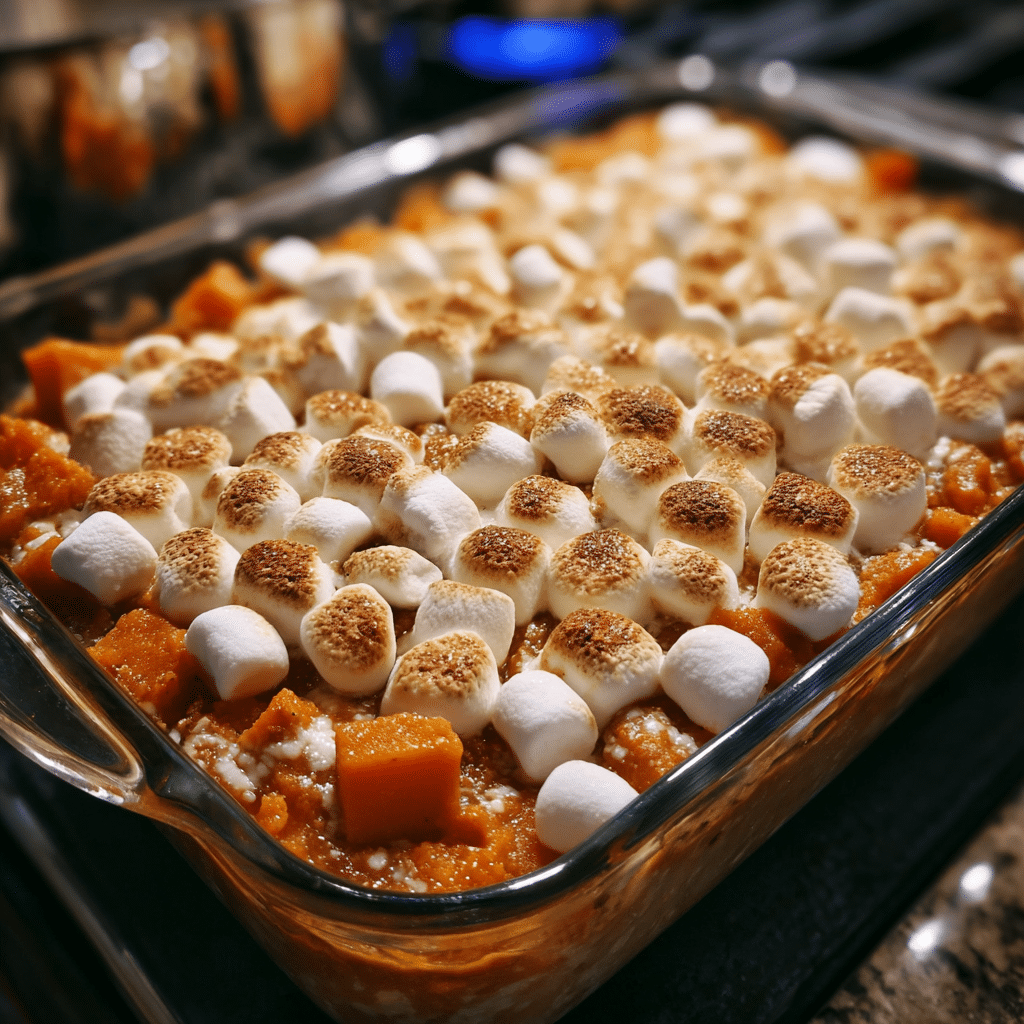
Professional Techniques
One of the first steps to a delicious sweet potato casserole is selecting the right sweet potatoes. Look for those that are firm, smooth, and free from blemishes. Depending on the recipe, you may want to choose between orange-fleshed or white-fleshed varieties. Orange sweet potatoes are sweeter and creamier, making them a popular choice for casseroles.
When preparing your sweet potatoes, ensure they are cooked just right. Overcooking can lead to a watery casserole, while undercooking will leave you with hard chunks. I recommend boiling them in salted water until fork-tender, which usually takes about 20 minutes. After boiling, let them cool slightly before peeling. This makes the peeling process much easier, and you’ll be left with a smooth, creamy base for your sweet potato casserole.
For a uniquely flavored casserole, consider roasting the sweet potatoes instead of boiling them. Roasting caramelizes the natural sugars in the sweet potatoes, giving them a deeper flavor. Simply cut the sweet potatoes into cubes, toss them with olive oil, salt, and your favorite spices, and roast at 400°F for about 25-30 minutes until tender and slightly caramelized.
Don’t forget to add a dash of salt to your sweet potato mixture. Salt enhances the sweetness and balances the flavors, making all the ingredients shine. Additionally, using fresh spices can elevate your casserole. Ground cinnamon, nutmeg, and ginger are traditional spices to incorporate, but feel free to experiment with your favorites.
Troubleshooting Guide
Even with the best intentions, sometimes things can go awry in the kitchen. A common issue with sweet potato casserole is that it can turn out too dry. To prevent this, make sure to incorporate enough liquid into your mixture. This could be in the form of milk, cream, or even orange juice for a citrusy twist. If your casserole is already baked and is too dry, you can drizzle a bit of milk over the top before serving to add moisture.
Another frequent complaint is a crumbly topping that doesn’t hold together. To create a cohesive topping, ensure that your butter is melted and evenly mixed with the other topping ingredients. For an extra indulgent touch, you might consider adding chopped pecans or walnuts to the topping mixture for added texture and flavor. If your topping is burning before the casserole is fully cooked, cover it with foil during the last 10-15 minutes of baking.
Presentation Tips
Presentation is key when it comes to serving your sweet potato casserole. Using a beautiful, shallow dish allows for a lovely, golden-brown topping to shine through. Garnishing with fresh herbs or a sprinkle of cinnamon adds an elegant finish. I also recommend serving the casserole in smaller, individual ramekins for a more upscale dining experience.
When it comes to wine pairings, a sweet potato casserole pairs beautifully with a chilled Riesling or a medium-bodied Pinot Noir. The acidity in these wines complements the sweetness of the dish, creating a harmonious dining experience. For non-alcoholic options, consider serving a sparkling apple cider, which brings a refreshing contrast to the dish.
In terms of meal prep, sweet potato casserole can be made ahead of time, which is perfect for busy holiday seasons. Prepare your casserole up to the baking stage, cover it tightly with plastic wrap or foil, and refrigerate. When you’re ready to serve, simply bake it straight from the fridge, allowing for an additional 10-15 minutes of cooking time.
Creative Variations and Adaptations of sweet potato casserole
While a classic sweet potato casserole topped with marshmallows is a beloved staple, there’s a whole world of creative variations and adaptations waiting to be explored! This dish is incredibly versatile, allowing you to play with flavors, ingredients, and cooking methods. Let’s delve into some exciting ways to reinvent the traditional sweet potato casserole.
Seasonal Variations
Incorporating seasonal ingredients can breathe new life into your sweet potato casserole. For a fall twist, consider adding diced apples or pears to your sweet potato mixture. The natural sweetness of these fruits complements the dish beautifully and adds a delightful texture. You can also sprinkle some chopped cranberries on top for a pop of color and tangy flavor.
During the winter months, spices like cardamom and cloves can enhance the comforting nature of the casserole, making it feel warm and inviting. You might experiment with a touch of maple syrup or brown sugar to give it a richer sweetness, perfect for cozy gatherings.
Dietary Adaptations
As dietary preferences evolve, it’s important to have options that cater to everyone. For those looking for a sweet potato casserole that fits a keto lifestyle, swap out sugar with erythritol or stevia, and use almond flour instead of breadcrumbs for the topping. You can also incorporate cream cheese for added richness without the carbs.
If you’re looking to make a vegan version, replace the eggs with flaxseed meal mixed with water, and substitute dairy with almond milk or coconut cream. You can still achieve that creamy texture by using coconut oil or vegan butter in the topping. Furthermore, for those with gluten sensitivities, simply ensure all your ingredients are labeled gluten-free, particularly the toppings.
Creative Twists
For those who love experimenting, consider international fusion variations of sweet potato casserole. A Mexican twist could involve adding black beans, corn, and spices such as cumin and chili powder, topped with a zesty lime crema instead of marshmallows. This combination is not only vibrant but also adds a wonderful depth of flavor.
Another exciting adaptation is to incorporate savory elements. Adding sautéed onions, garlic, and perhaps some goat cheese can transform the dish into a savory side that complements roasted meats beautifully. The creamy richness of the goat cheese pairs perfectly with the natural sweetness of the sweet potatoes, creating a unique flavor profile.
Lastly, let’s not forget about leftovers! If you find yourself with extra sweet potato casserole, don’t let it go to waste. Transform it into sweet potato pancakes by mixing in some flour and eggs, then frying them up for a delicious breakfast. Or, you could blend it into a creamy soup by adding vegetable broth and spices, which makes for a comforting dish on a chilly day.
With these variations and creative adaptations, your sweet potato casserole can be anything but ordinary. The beauty of this dish lies in its versatility, allowing you to cater to different tastes and preferences while keeping the essence of this beloved recipe alive.
Storage, Reheating, and Meal Prep for sweet potato casserole
When it comes to sweet potato casserole, understanding how to properly store, reheat, and prep it for future meals can significantly enhance your experience and reduce food waste. Sweet potato casserole is one of those comforting dishes that often graces the holiday table, but it can also be enjoyed year-round. Whether you have leftovers from a family gathering or you’re preparing it ahead of time for a busy week, mastering the art of storage is key.
Short-term Storage
After you’ve whipped up a delicious sweet potato casserole, you might be left with more than you can eat in one sitting. Storing it correctly in the refrigerator is crucial to maintaining both its flavor and texture. The first step is to let the casserole cool down to room temperature. Placing a hot dish directly into the fridge can raise the temperature inside, potentially putting other food at risk.
Once it’s cooled, transfer your sweet potato casserole into an airtight container. If you plan to eat it within three to four days, this method is perfectly acceptable. Be sure to label the container with the date to keep track of freshness. If you’re using a glass casserole dish, you can cover it tightly with plastic wrap or aluminum foil instead of transferring it to another container. This will help lock in moisture and prevent it from absorbing any odors from the fridge.
For those who love meal prepping, sweet potato casserole is an excellent dish to make ahead. You can prepare the entire casserole but keep the topping (usually marshmallows or pecans) separate until you’re ready to bake it. This way, the topping remains crisp and delicious, rather than soggy from sitting in the casserole. Just remember to store both components in airtight containers. When you’re ready to cook, assemble everything and bake it according to your recipe’s instructions.
Freezing and Long-term Storage
If you find yourself with an abundance of sweet potato casserole, freezing is an excellent option for long-term storage. Freezing can extend the shelf life of your casserole for up to three months, provided it is stored correctly. Start by allowing the casserole to cool completely, as this prevents ice crystals from forming, which can affect the texture upon reheating.
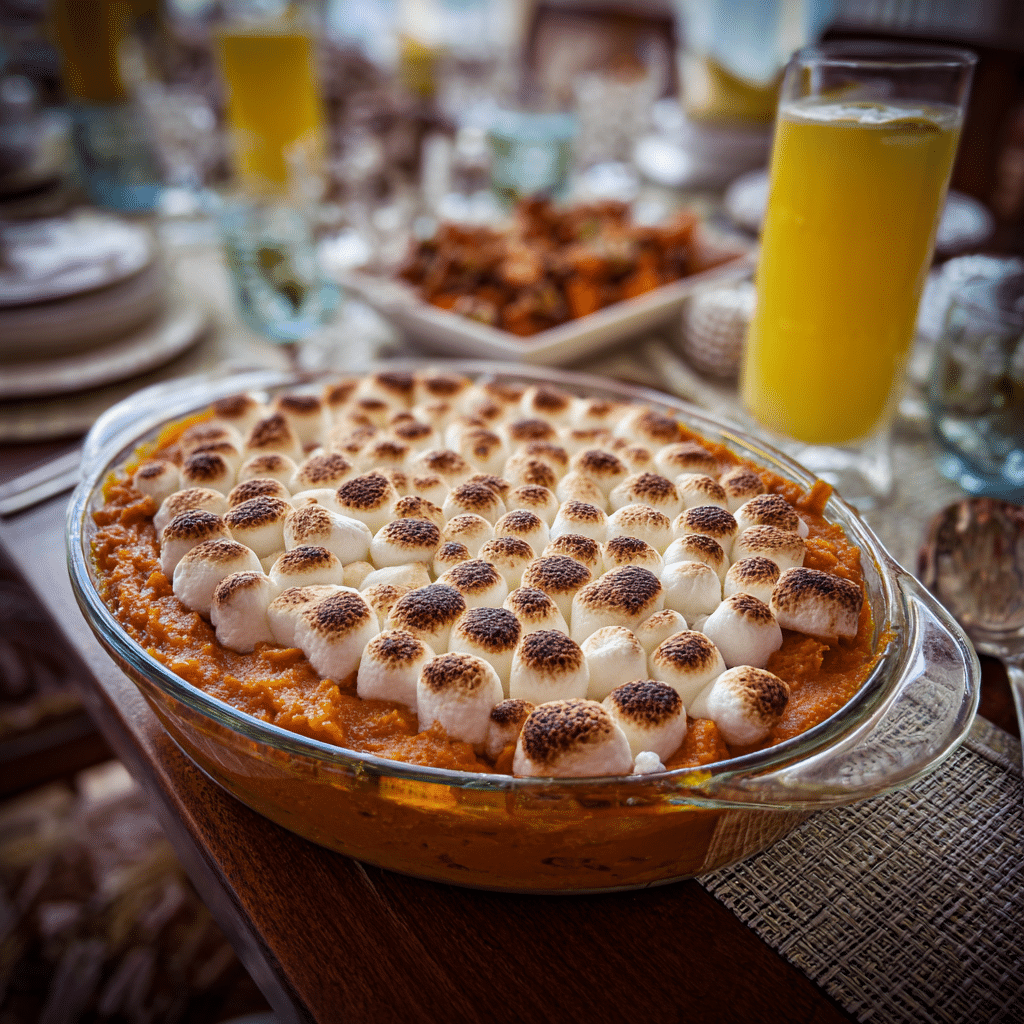
For freezing, consider portioning the casserole into smaller, freezer-safe containers or using heavy-duty aluminum foil to wrap it tightly. Alternatively, you can use a resealable freezer bag. Squeeze out as much air as possible to minimize freezer burn. Make sure to label the containers with the date and contents, so you know exactly what you’re pulling out later.
When you’re ready to enjoy your frozen sweet potato casserole, the best method is to thaw it in the refrigerator overnight. This gradual thawing helps maintain a better texture. After thawing, reheat it in the oven, covering it with foil to prevent the top from burning while the center warms up. If you’re in a hurry, you can microwave individual portions, but note that this method may lead to a slightly different texture.
Reheating Best Practices
Reheating sweet potato casserole can be a delicate process. You want to maintain the dish’s creamy consistency and not overcook it. For the best results, use the oven. Preheat your oven to 350°F (175°C), cover the casserole with aluminum foil to keep moisture in, and reheat for about 20-30 minutes. If you’re reheating individual portions, a microwave works well too, but be sure to cover them to prevent drying out, heating in short intervals and stirring in between.
Another tip for reheating is to add a splash of milk or a pat of butter before warming up the casserole. This can help revive its creaminess and flavor. If your sweet potato casserole has marshmallows on top, consider adding them during the last few minutes of reheating to prevent them from becoming too hard or burnt. A quick broil at the end can help achieve that perfectly toasted marshmallow finish!
Lastly, always prioritize food safety. Sweet potato casserole can last up to four days in the refrigerator, and while it can be frozen for three months, be mindful of any signs of freezer burn or off smells when thawing. Always check for any signs of spoilage before consuming leftovers.
In conclusion, mastering the storage, freezing, and reheating of sweet potato casserole can elevate your cooking game and ensure that every bite is as delightful as the first. By following these guidelines, you can savor the sweet, creamy goodness of this dish long after the initial serving.
Nutritional Benefits and Health Information
The sweet potato casserole is more than just a comfort food; it is a dish packed with nutritional benefits that can support a healthy lifestyle. This delightful side is often made with sweet potatoes, which are rich in vitamins, minerals, and antioxidants. Understanding the nutritional profile and health benefits of sweet potato casserole can help you appreciate this dish even more.
Nutritional Profile
To get a better understanding of what sweet potato casserole offers nutritionally, let’s break down its primary ingredients. A standard serving of sweet potato casserole, which usually includes sweet potatoes, butter, brown sugar, and marshmallows, can be quite rich in calories. On average, a serving can contain around 200-300 calories. However, the nutritional content can vary greatly depending on the specific recipe and portion sizes.
Sweet potatoes are the star of the show, and they are incredibly nutritious. A medium-sized sweet potato (about 150 grams) contains approximately 112 calories, 26 grams of carbohydrates, and 2 grams of protein. They are also an excellent source of dietary fiber, which is important for digestive health. Additionally, sweet potatoes are rich in beta-carotene, which the body converts into vitamin A, and they provide a good source of vitamin C, potassium, and manganese. These nutrients play a crucial role in maintaining overall health and wellness.
Health Benefits
Incorporating sweet potato casserole into your diet comes with several health benefits. The high fiber content aids in digestion and can help regulate blood sugar levels, making sweet potatoes a good choice for those monitoring their glucose intake. The antioxidants found in sweet potatoes may help combat oxidative stress and inflammation, contributing to a lower risk of chronic diseases such as heart disease and cancer.
Additionally, the vitamin A content supports eye health and a robust immune system. Consuming foods rich in this vitamin is particularly important during the cold and flu season. The presence of vitamin C also boosts the immune system and promotes skin health by aiding collagen production.
Moreover, sweet potatoes are naturally low in fat and high in complex carbohydrates, making them a healthier alternative to traditional white potatoes. This makes sweet potato casserole a more nutritious option for a comforting side dish, especially when prepared with minimal added sugars and fats.
Dietary Considerations
When it comes to dietary considerations, sweet potato casserole can be adapted to fit various dietary needs. For those following a gluten-free diet, simply ensure that any added ingredients, like flour or certain toppings, are gluten-free. Vegan versions can also be created by substituting butter with coconut oil or plant-based margarine, and using maple syrup instead of brown sugar.
For those watching their calorie intake, there are healthy modifications that can be made to sweet potato casserole. Instead of using marshmallows, consider topping it with a sprinkle of cinnamon and a few crushed nuts for added texture and flavor without the extra sugar. You can also reduce the amount of added sugar in the recipe or use natural sweeteners like honey or agave syrup.
Comparatively, sweet potato casserole stands out against traditional potato dishes, which may be laden with heavy creams and high-fat toppings. It offers a heartier, more nutritious option that can be enjoyed during holidays or as a comforting side throughout the week.
In summary, sweet potato casserole is not only delicious but also provides a wealth of nutritional benefits. By understanding its components and how they contribute to health, you can enjoy this dish guilt-free, knowing that it can be a part of a balanced diet. So the next time you indulge in a warm serving of sweet potato casserole, take a moment to appreciate the nutrition it brings to your plate.
Frequently Asked Questions About Sweet Potato Casserole
Best sweet potato casserole with marshmallows
The best sweet potato casserole with marshmallows balances the natural sweetness of the potatoes with a rich buttery topping. Start by mashing cooked sweet potatoes with a touch of brown sugar, cinnamon, and vanilla extract to enhance their flavor. For the topping, combine crushed graham crackers with melted butter and mini marshmallows; this adds a delightful crunch and sweetness. Bake until the marshmallows are golden brown, usually around 25 minutes at 350°F. Experiment with adding a pinch of nutmeg or pecans for extra flavor and texture.
Easy sweet potato casserole with marshmallows
An easy sweet potato casserole with marshmallows can be made in just a few simple steps, making it perfect for busy weeknights or holiday gatherings. Begin by peeling and boiling sweet potatoes until tender, then mash them with a fork or potato masher. Stir in butter, brown sugar, and a splash of orange juice for a hint of citrus. Top with mini marshmallows and bake at 350°F until the marshmallows are puffed and golden, about 20 minutes. You can also use canned sweet potatoes to save time, just remember to drain them well before mashing.
Pioneer Woman sweet potato casserole with marshmallows
The Pioneer Woman’s sweet potato casserole with marshmallows is a delightful twist on the classic recipe, featuring a creamy base and a fluffy marshmallow topping. Start by roasting sweet potatoes for a deeper flavor, then mash them with cream, brown sugar, and a touch of vanilla. For the topping, use a combination of mini marshmallows and chopped pecans for added crunch and flavor. Bake until the marshmallows are toasted, creating a beautiful contrast to the creamy sweet potato mixture. This dish is perfect for family gatherings and can be made ahead of time and reheated before serving.
Old fashioned sweet potatoes with marshmallows
Old fashioned sweet potatoes with marshmallows evoke nostalgia and comfort, featuring a sweet and creamy blend that is hard to resist. Use fresh sweet potatoes, boiled or baked until soft, and mash with butter, sugar, and a bit of milk for a smooth texture. You can add spices like cinnamon and nutmeg for traditional warmth. Top generously with mini marshmallows and bake until the marshmallows are golden and slightly crispy on top, about 30 minutes at 350°F. For an authentic touch, consider incorporating a dash of maple syrup for extra sweetness and depth.
Conclusion: Mastering the Perfect sweet potato casserole
Creating the perfect sweet potato casserole is more than just following a recipe—it’s about understanding the techniques, ingredients, and cultural significance behind this beloved dish. Throughout this comprehensive guide, we’ve explored everything from the historical origins to modern variations, ensuring you have all the knowledge needed to make this recipe your own.
Whether you’re a beginner cook or an experienced chef, the techniques and tips we’ve shared will help you create a sweet potato casserole that’s not only delicious but also meaningful. Remember that cooking is a journey of discovery, and each time you make this dish, you’ll learn something new.
We encourage you to experiment with the variations we’ve discussed, adapt the recipe to your dietary needs, and most importantly, share it with the people you love. Food has the incredible power to bring people together, and Sweet Potato Casserole with Marshmallows is the perfect dish to create lasting memories around your dinner table.


